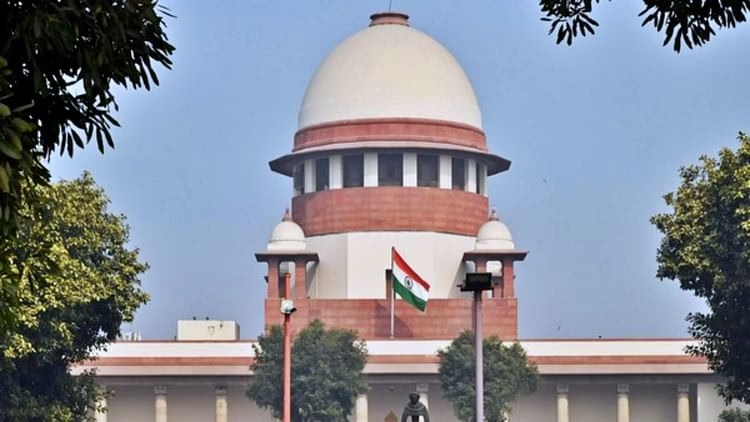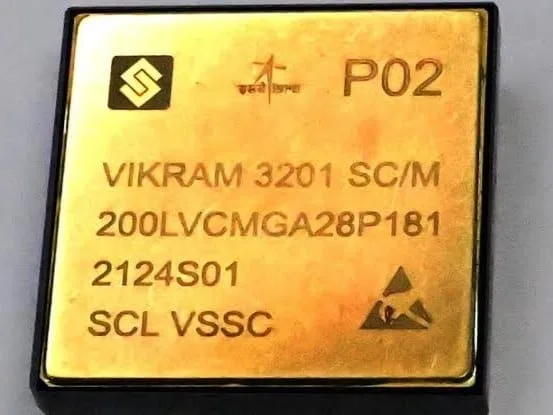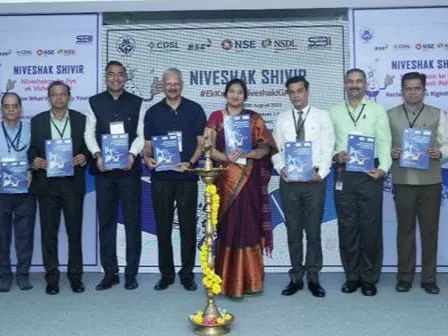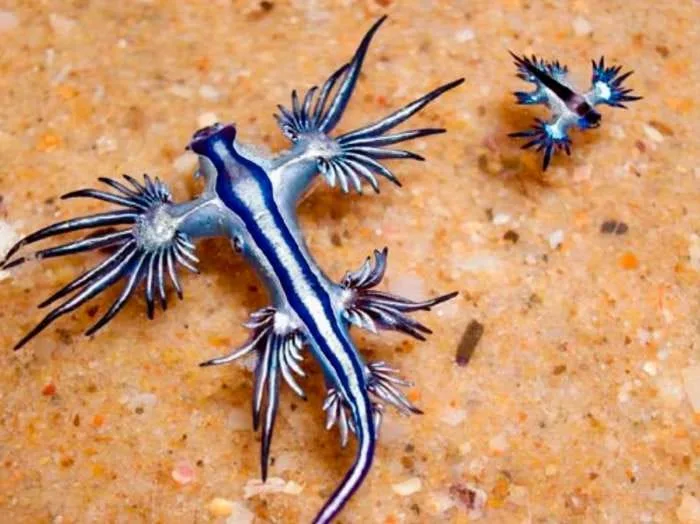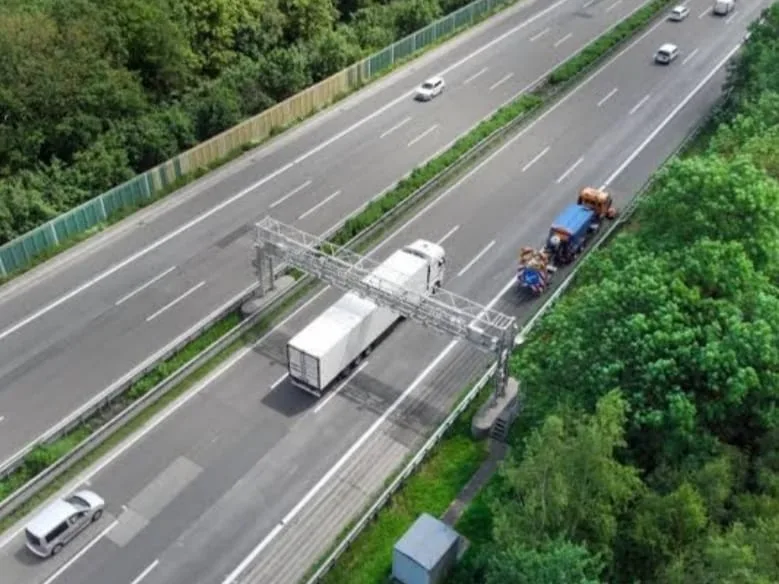As of March 2025, India’s National Supercomputing Mission (NSM) has successfully deployed 34 supercomputers across the country with a combined computing capacity of 35 Petaflops .
key highlights and developments:
- Deployment and Usage: The 34 supercomputers have been installed in academic institutions, research organizations, and R&D labs, including IISc, IITs, and C-DAC, as well as institutions in Tier-II and Tier-III cities . These systems have an overall utilization rate exceeding 85%, with some surpassing 95%, demonstrating high efficiency .
- Impact on Research and Development: These supercomputing systems have supported over 10,000 researchers, including more than 1,700 PhD scholars from over 200 academic institutions and R&D labs . They have facilitated research in areas like drug discovery, disaster management, climate modeling, and more . Researchers have completed over 1 crore compute jobs and published over 1,500 papers in national and international journals .
- Empowering Talent: The NSM has provided opportunities for researchers from Tier II and Tier III cities to access state-of-the-art supercomputing facilities . Additionally, over 22,000 individuals have been trained in HPC and AI skills .
- Indigenous Development: C-DAC has developed “Trinetra,” a high-speed communication network to improve data transfer between computing nodes . The “Rudra” server, indigenously designed and manufactured, matches globally available HPC class servers .
- Key Projects and Infrastructure:
- PARAM Rudra Supercomputers: Three PARAM Rudra supercomputers were dedicated to researchers in Pune, Delhi, and Kolkata to facilitate advanced studies in various scientific fields .
- AIRAWAT: A project for AI research and knowledge assimilation, AIRAWAT, secured 75th position in the Top 500 Global Supercomputing List in 2023 .
- Param Pravega: IISc Bengaluru installed Param Pravega in 2022, which is one of the most powerful supercomputers in an Indian academic institution .
- Param Shivay: The first indigenously built supercomputer under the NSM, Param Shivay, was inaugurated at IIT BHU Varanasi in 2019 .
- Phases of NSM Infrastructure Development: The NSM is being implemented in three phases: Phase I focused on basic infrastructure, Phase II on indigenous manufacturing, and Phase III on complete indigenization .
- Budget and Expansion: An amount of Rs. 1874 crore has been allocated/utilized to develop and provide supercomputing facilities . There are plans to create additional computing infrastructure using indigenous servers and technologies .
- Collaboration and Implementation: The Department of Science and Technology (DST) and the Ministry of Electronics and Information Technology (MeitY) are jointly steering the NSM, with implementation by C-DAC and IISc .
- India Semiconductor Mission (ISM): The ISM is expected to boost the NSM by focusing on domestic manufacturing of critical components, enhancing supercomputer speed, energy efficiency, and affordability .
- Mission Extended: The National Supercomputing Mission has been extended to December 2025 .
In conclusion, the National Supercomputing Mission is enhancing India’s supercomputing capabilities through indigenous development, supporting various research domains, and aiming for self-reliance in HPC ….



